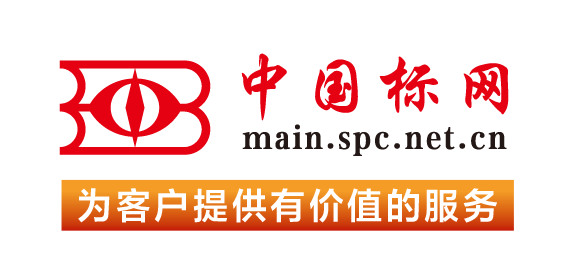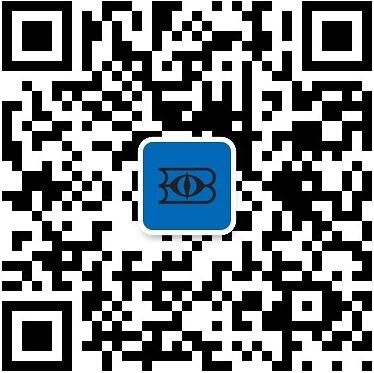【国外标准】 Standard Test Method for Conducting Rotating Bending Fatigue Tests of Solid Round Fine Wire
本网站 发布时间:
2024-02-28
开通会员免费在线看70000余条国内标准,赠送文本下载次数,单本最低仅合13.3元!还可享标准出版进度查询、定制跟踪推送、标准查新等超多特权!
查看详情>>
适用范围:
5.1 A method for obtaining fatigue strain (stress) at a specific life is of interest to the wire manufacturer, designer and consumer. The method is useful in production control, material acceptance and determination of the fatigue strain (stress) of the wire at a specific fatigue life, that is, fatigue strength. Rotating bending fatigue testing of small diameter solid round wire is possible by looping a specimen of predetermined length through an arc of 90° to 180°. The bending strain (stress) is determined from the geometry of the loop thusly formed. The methodology is capable of high frequency testing provided the temperature of the test article is constant and there is no adiabatic heating of the wire. A constant temperature can be maintained by immersing the specimen in a constant temperature fluid bath or test media. This makes it practical to quickly test a sufficient number of specimens to provide a statistical frequency distribution or survival probability distribution of fatigue life at a given strain (stress). Fatigue life information is useful to ascertain wire in-service durability and to assess, for example, the effects of melt practice and cold work processing.1.1 This test method is intended as a procedure for the performance of rotating bending fatigue tests of solid round fine wire to obtain the fatigue strength of metallic materials at a specified life in the fatigue regime where the strains (stresses) are predominately and nominally linear elastic. This test method is limited to the fatigue testing of small diameter solid round wire subjected to a constant amplitude periodic strain (stress). The methodology can be useful in assessing the effects of internal material structure, such as inclusions, in melt technique and cold work processing studies. However, there is a caveat. The strain, due to the radial strain gradient imposed by the test methodology, is a maximum at the surface and zero at the centerline. Thus the test method may not seek out the “weakest link,” largest inclusions, that govern uniaxial high cycle fatigue life where the strain is uniform across the cross section and where fatigue damage initiates at a subsurface location (1-5).2 Also, pre-strain, which can influence fatigue life, is not included in this test method.NOTE 1: The following documents, although not specifically mentioned, are considered sufficiently important to be listed in this test method:ASTM STP 566 Handbook of Fatigue TestingASTM STP 588 Manual on Statistical Planning and Analysis for Fatigue ExperimentsASTM STP 731 Tables for Estimating Median Fatigue Limits (6-8)1.2 The values stated in inch-pound units are to be regarded as standard. The values given in parentheses are mathematical conversions to SI units that are provided for information only and are not considered standard.1.3 This international standard was developed in accordance with internationally recognized principles on standardization established in the Decision on Principles for the Development of International Standards, Guides and Recommendations issued by the World Trade Organization Technical Barriers to Trade (TBT) Committee.
标准号:
ASTM E2948-22
标准名称:
Standard Test Method for Conducting Rotating Bending Fatigue Tests of Solid Round Fine Wire
英文名称:
Standard Test Method for Conducting Rotating Bending Fatigue Tests of Solid Round Fine Wire标准状态:
Active-
发布日期:
-
实施日期:
出版语种:
- 其它标准
- 上一篇: ASTM E2917-24 Standard Practice for Forensic Science Practitioner Training, Continuing Education, and Professional Development Programs
- 下一篇: ASTM E2978-15 Standard Guide for Screening and Training of Assessors and a General Approach for the Sensory Evaluation of Toothpaste Appearance, Flavor, and Texture (Withdrawn 2023)
- 推荐标准
- ASTM 51401-21 Standard Practice for Use of a Dichromate Dosimetry System
- ASTM 51956-21 Standard Practice for Use of a Thermoluminescence-Dosimetry System (TLD System) for Radiation Processing
- ASTM A1010/A1010M-24 Standard Specification for Higher-Strength Martensitic Stainless Steel Plate, Sheet, and Strip
- ASTM A1016/A1016M-24 Standard Specification for General Requirements for Ferritic Alloy Steel, Austenitic Alloy Steel, and Stainless Steel Tubes
- ASTM A105/A105M-24 Standard Specification for Carbon Steel Forgings for Piping Applications
- ASTM A1064/A1064M-24 Standard Specification for Carbon-Steel Wire and Welded Wire Reinforcement, Plain and Deformed, for Concrete
- ASTM A108-24 Standard Specification for Steel Bar, Carbon and Alloy, Cold-Finished
- ASTM A1080/A1080M-24 Standard Practice for Hot Isostatic Pressing of Steel, Stainless Steel, and Related Alloy Castings
- ASTM A1090/A1090M-19(2024) Standard Specification for Forged Rings and Hollows for Use as Base Plates in Power Transmission Structures
- ASTM A1115/A1115M-24 Standard Practice for Construction of Mechanically Stabilized Earth Walls with Inextensible Soil Reinforcement
- ASTM A1128-24 Standard Specification for Stainless Steel Shielded, Rubber Gasketed Couplings Having an Integral Restraint Feature for Joining Hubless Cast Iron Soil Pipes and Fittings Where External Restraint Is Required
- ASTM A179/A179M-24 Standard Specification for Seamless Cold-Drawn Low-Carbon Steel Heat-Exchanger and Condenser Tubes
- ASTM A234/A234M-24 Standard Specification for Piping Fittings of Wrought Carbon Steel and Alloy Steel for Moderate and High Temperature Service
- ASTM A242/A242M-24 Standard Specification for High-Strength Low-Alloy Structural Steel
- ASTM A249/A249M-24a Standard Specification for Welded Austenitic Steel Boiler, Superheater, Heat-Exchanger, and Condenser Tubes
 我的标准
我的标准 购物车
购物车 400-168-0010
400-168-0010














